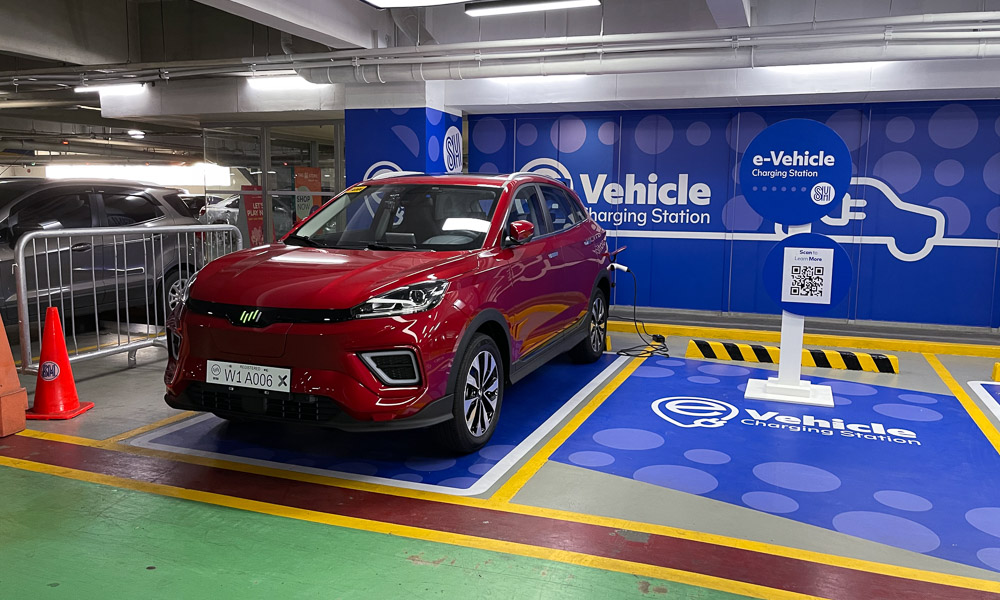
So, you’ve got yourself a shiny new electric vehicle, and you plan to head to a shopping center. As you may have heard, several SM malls within Metro Manila have EV charging stations within their parking lots so owners can top up their vehicles while doing whatever they need to do.
If you didn’t know, the chargers used in SM e-Vehicle charging stations only support the Type 2 charging connector, which is found in cars like the Porsche Taycan and the Audi e-Tron.
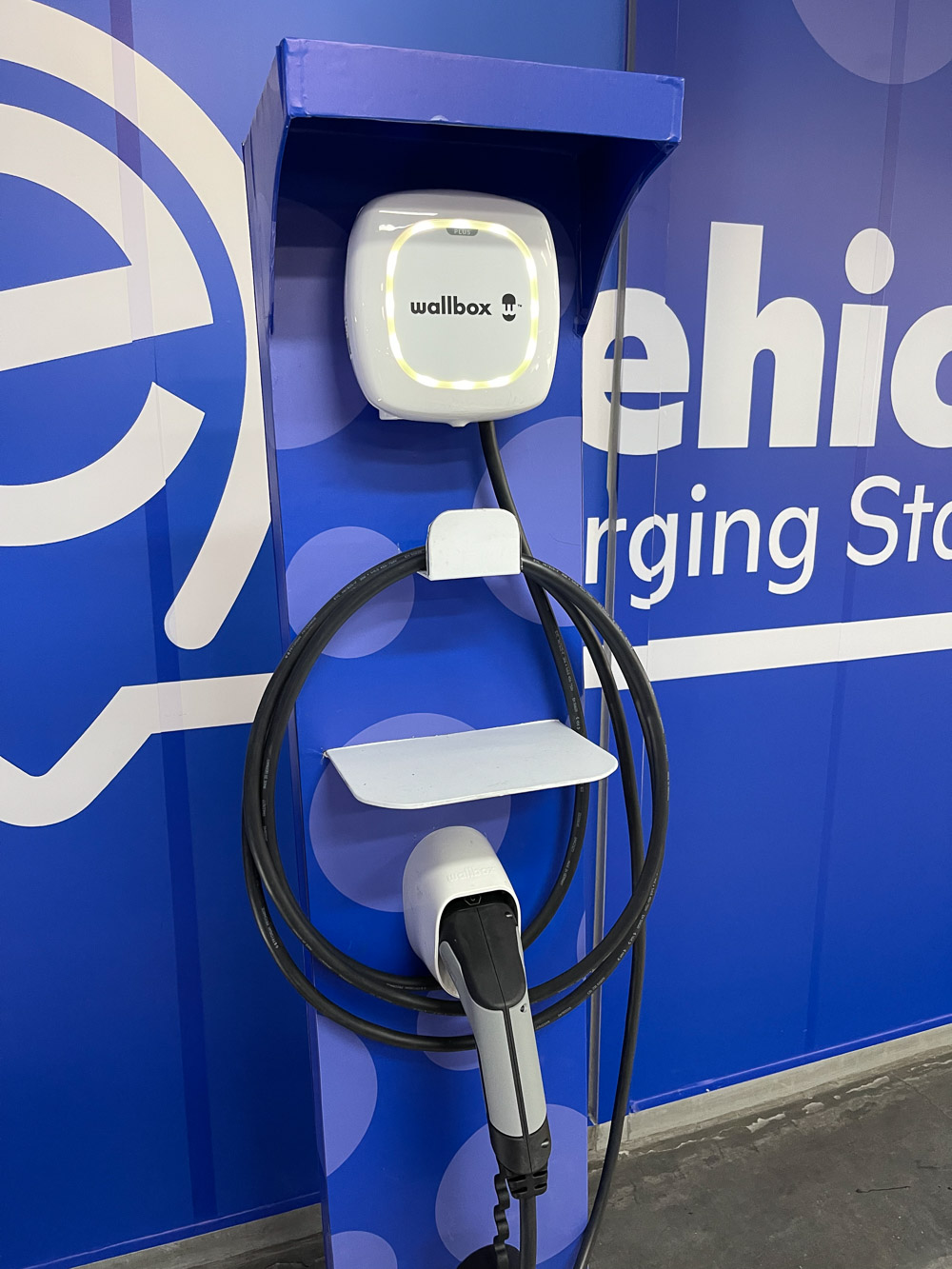
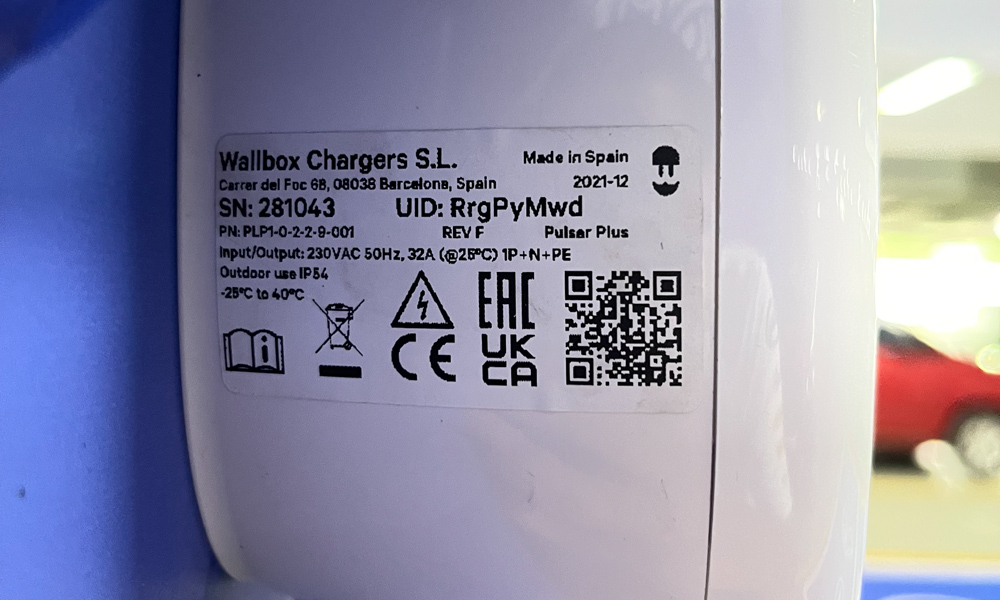
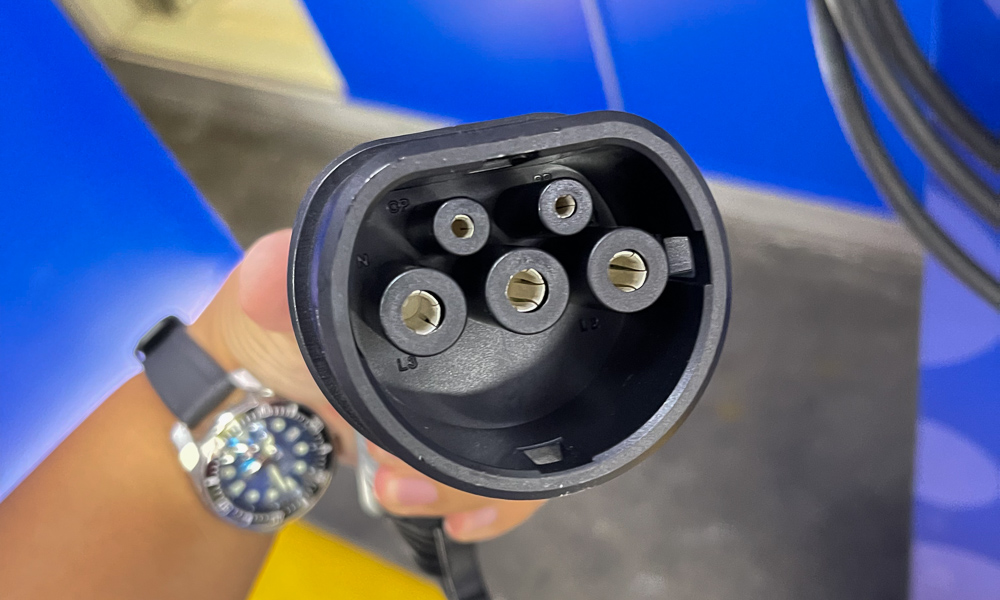
If you have an EV that supports the Type 2 chargers, the procedure is quite simple, actually.
All you have to do is to inform the guard in charge that you will be parking and charging there. Then you just have to show them your car’s registration papers and your license, and they will take note of the time you started and finished charging.
If you have an EV that uses a Type 1 charging connector, you can use an adapter to let you use it with any Type 2 charger.
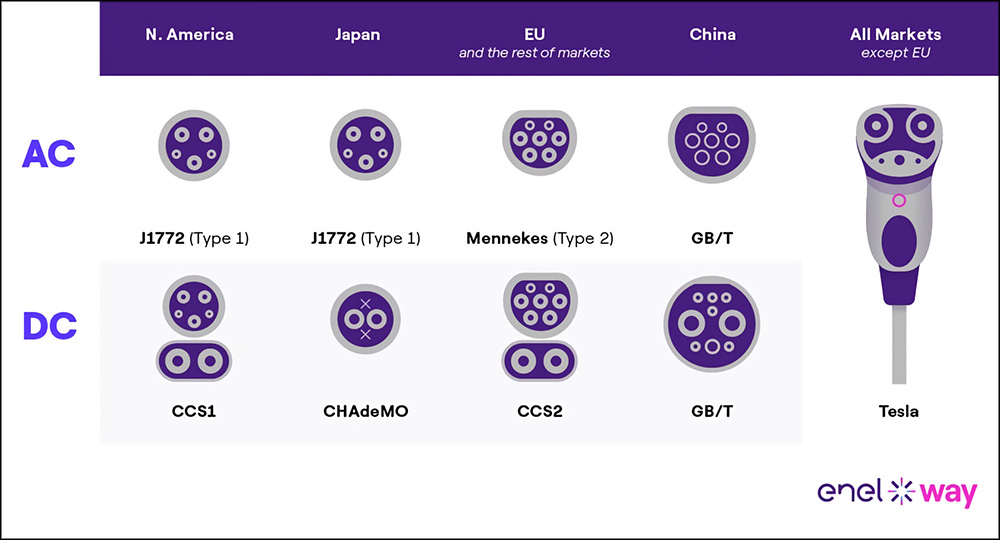
But what if your EV uses a different connector?
This was the case with me when I had the Weltmeister W5 on loan recently. It uses the GB/T charging connector, a standard commonly found in Chinese EVs. I guess the same thing can be said for cars that don’t use the Type 1/2 standard, or even the lucky few who brought in a Tesla of their own.
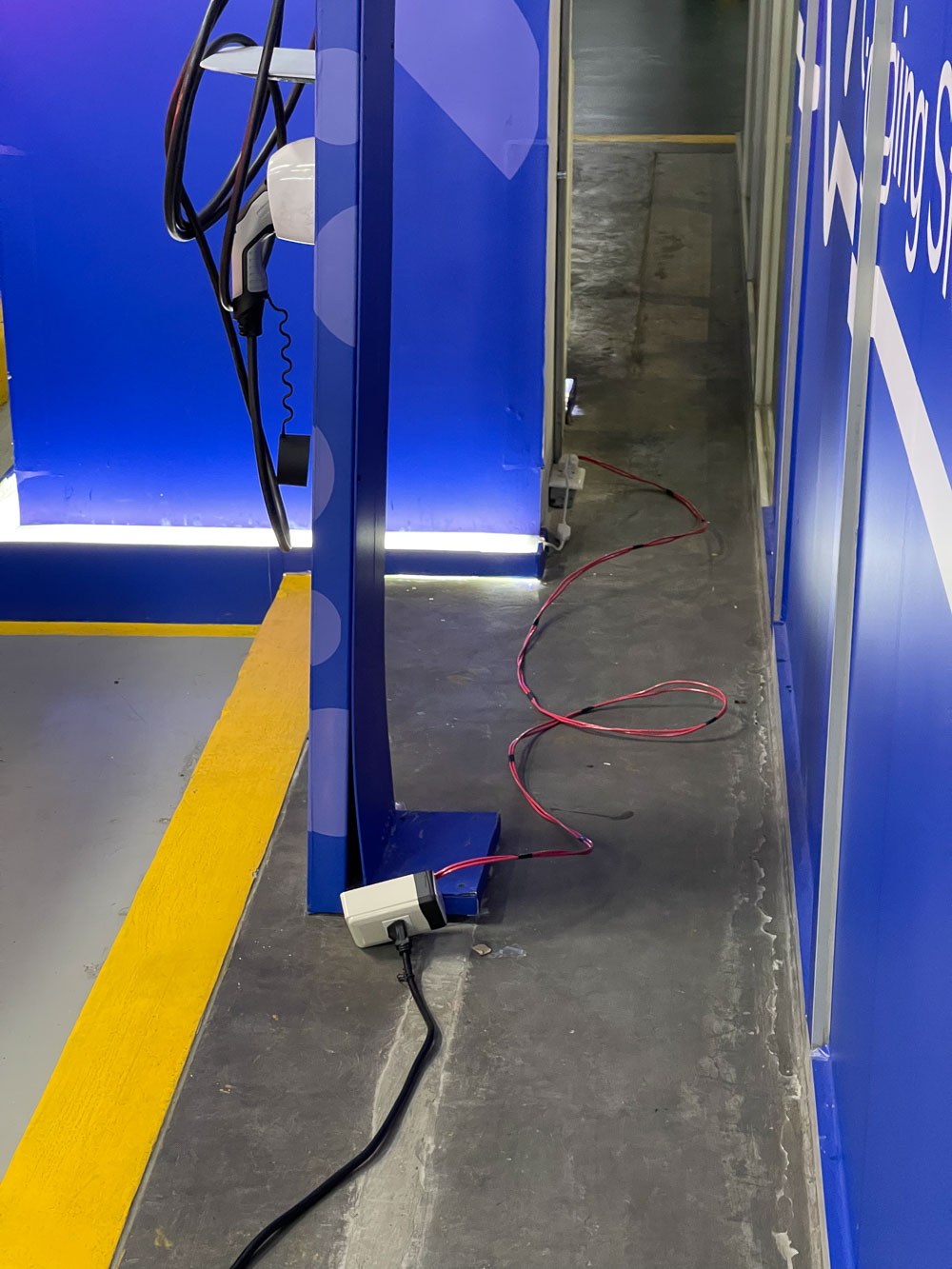
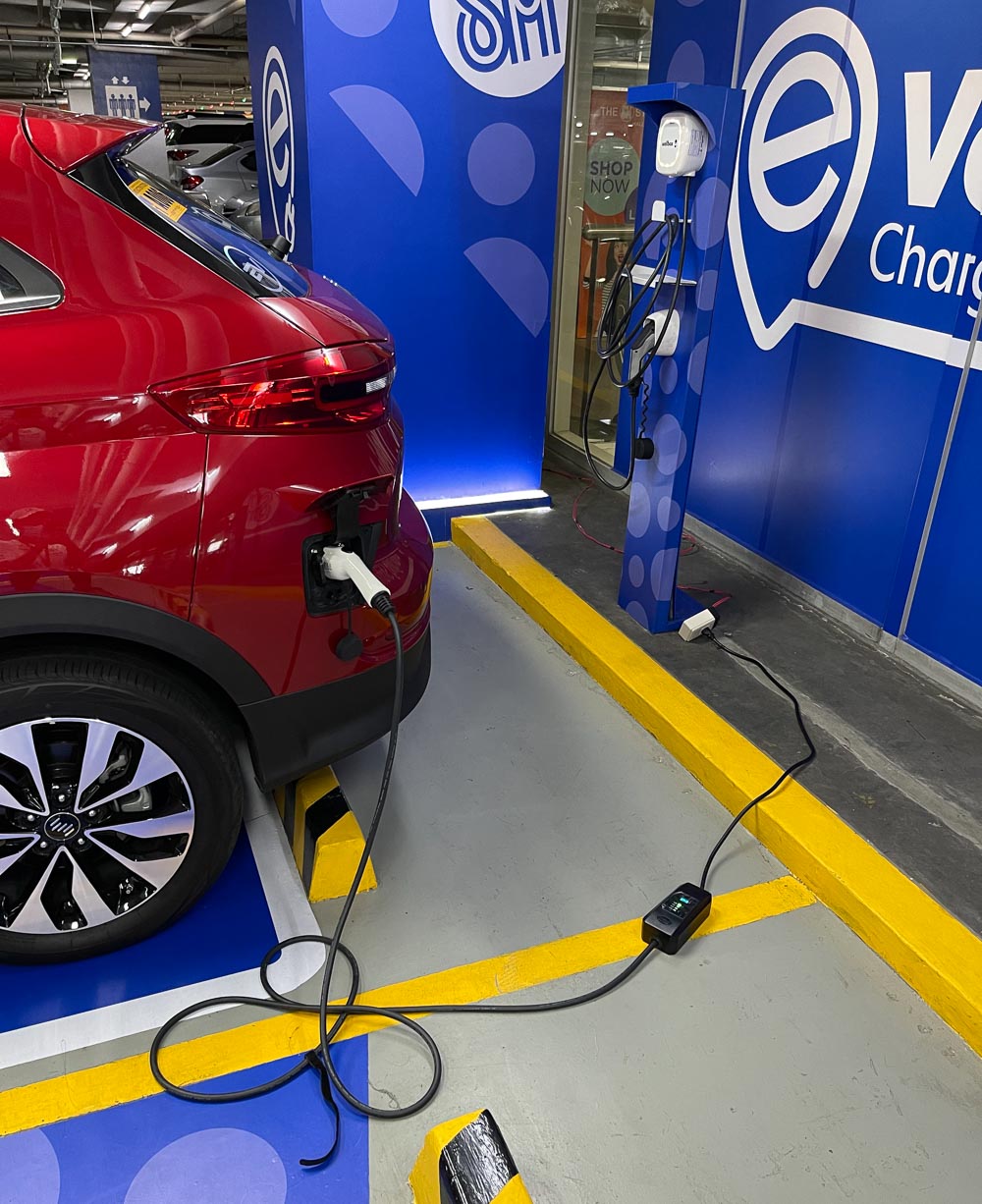
I had to ask the guard for permission to let me plug the W5’s Level 1 charger into the nearby outlet.
This was the first time that they came across this scenario (and it most likely wouldn’t be the last), but kudos to the management of SM Mall of Asia as they let me charge the car either way.
After I explained the different types of charging standards to a curious and surprised manager, he told me that they would bring this up to higher management so that these charging stations will soon be able to accommodate other EVs with different charging plugs.
This is great while there isn’t a unified charging standard for EVs in the country (think USB-C vs. Apple’s Lightning port). Being open to change will help spur adoption rates in our market, and we hope other companies follow suit.
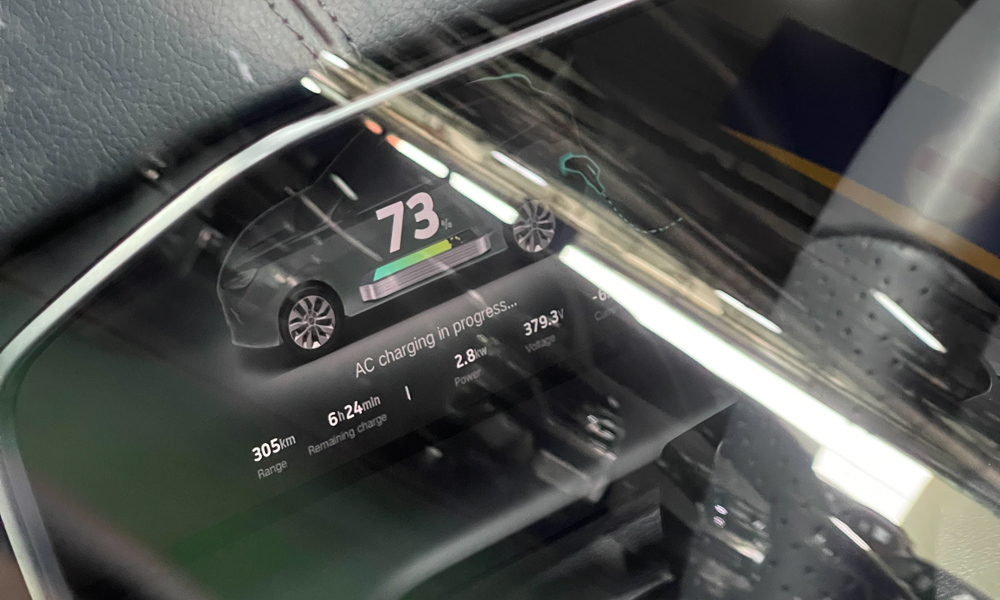
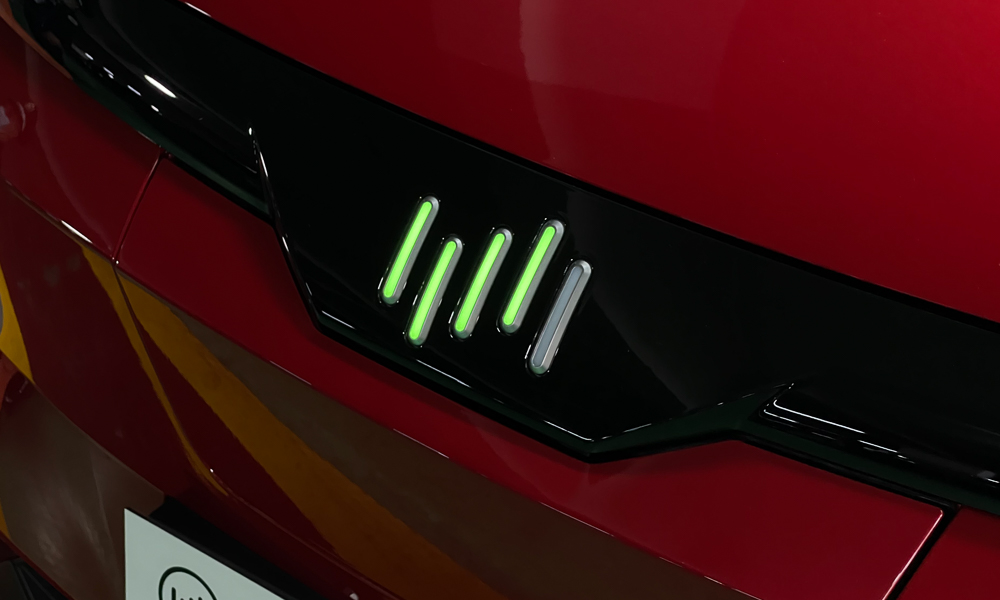
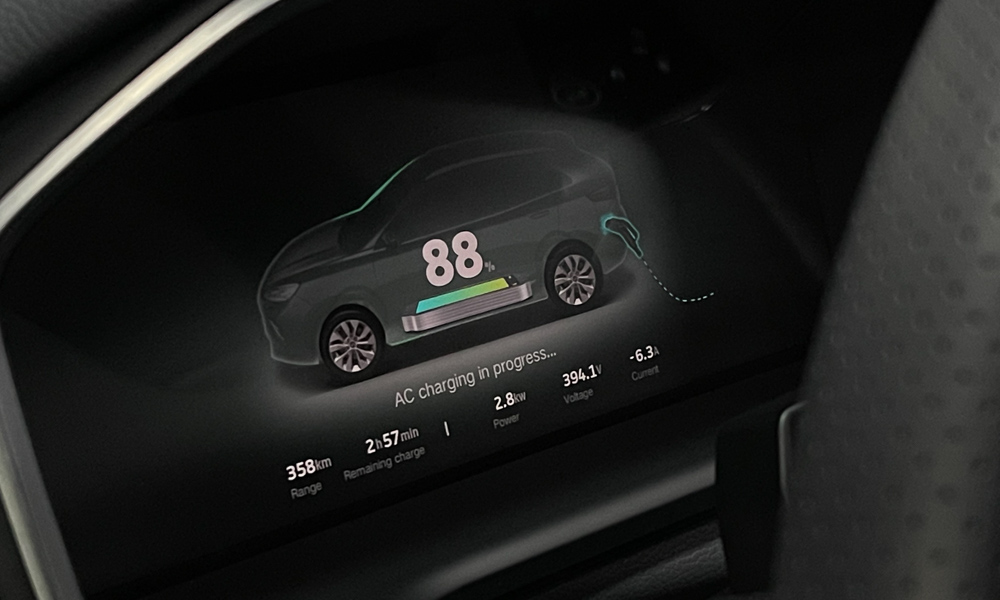
I started charging the W5 at 12:04pm with 73% on its battery with an estimated range of 305km left. On the Level 1 charger, it charged at a rate of 2.8kW, which would take an estimated six hours and 24 minutes to reach 100%.
Three hours later, I was greeted with a battery percentage of 88% with an estimated range figure of 358km. Heck, the car even estimated that it would take 2 hours and 57 minutes more to reach 100%. Some inconvenience as I live in a condo that does not have any outlets for residents to use.
There are also plenty of perks that come with using this charging space.
Aside from having guaranteed parking (as I was told that only two people had previously used those charging spaces), coming back to a car that has been topped up helps alleviate range anxiety issues.
Considering an extra 53km of range cost me P50 and a couple of hours in the mall, it’s definitely worth it. Charging at home would cost me P99.28 (assuming 80% efficiency and a rate of P10.183/kWh for the month of April). This will definitely beat spending thousands of pesos on gasoline.


0 Comments